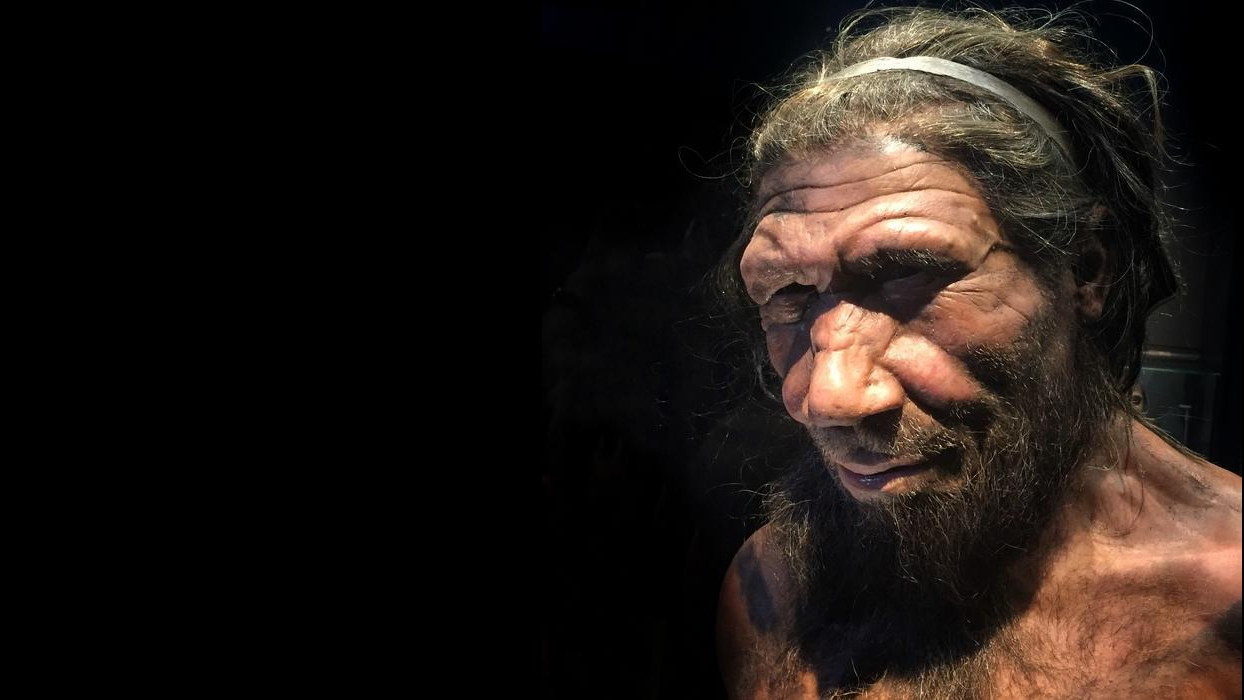In Photos: East Asian Trade with New World (Photos)
Archaeologists have discovered bronze and other artifacts dating back some 1,000 years and suggesting trade between East Asia and the New World before the exploits of Christopher Columbus. Check out these photos of the excavation site and artifacts from the dig. [Read the full story on the archaeological finds]
Alaska home
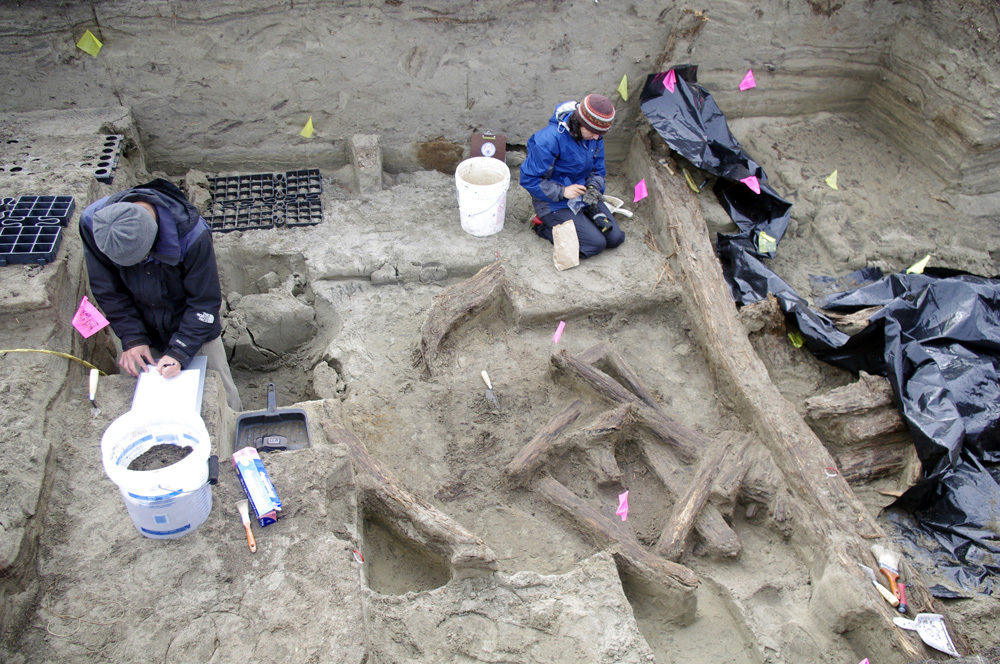
Archaeologists working at the Rising Whale site at Cape Espenberg, Alaska, have discovered several artifacts that were imported from East Asia. They were found while excavating a house that dates back about 1,000 years. The house is pictured here. (Photo courtesy Jeremy Foin, UC Davis.)
Bronze and obsidian
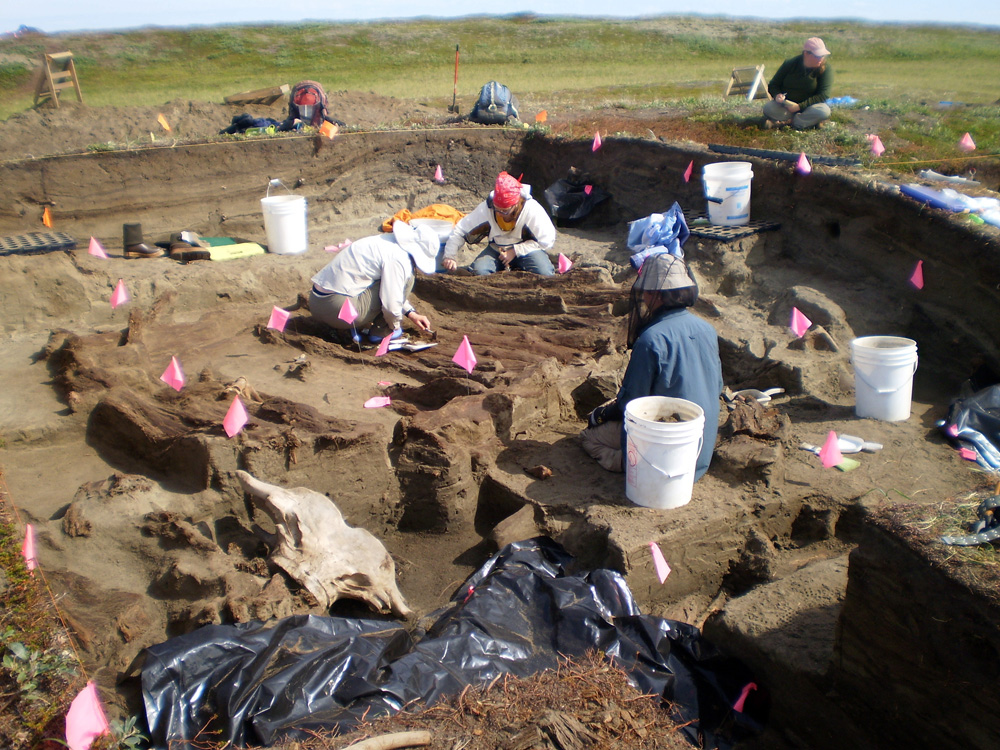
The imported artifacts include two made of bronze. Bronze working hadn’t been developed at this time in Alaska and researchers believe they would have been manufactured in China, Korea or Yakutia (a region in Russia). Additionally researchers found the remains of obsidian artifacts, the obsidian has a chemical signature that indicates it is from the Anadyr River valley in Russia. (Photo courtesy University of Colorado.)
Bronze buckle
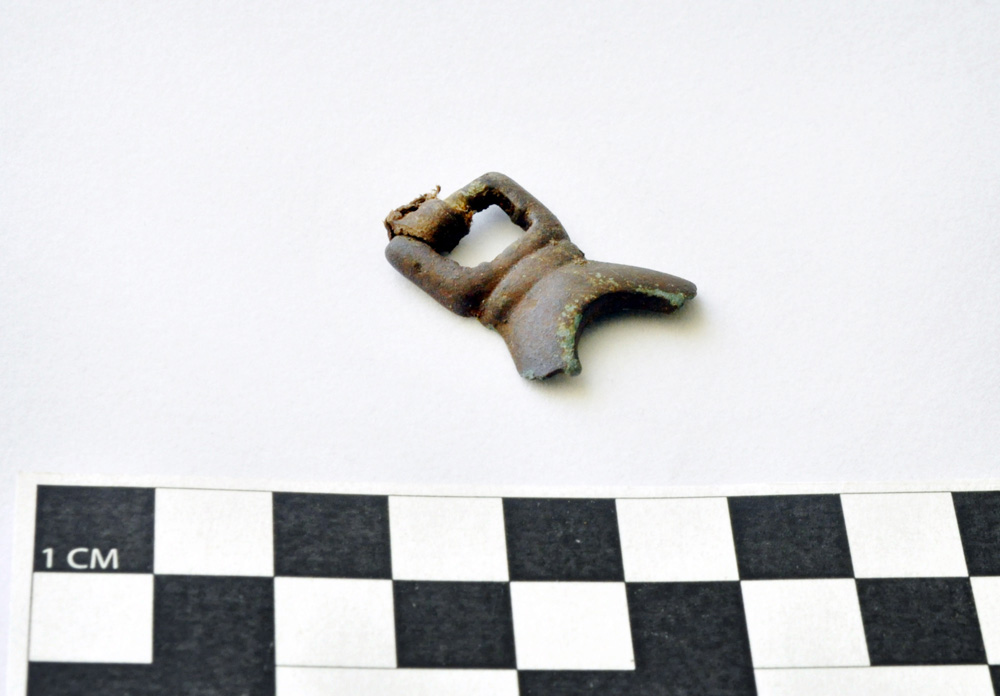
One of the bronze artifacts is pictured here. It may have originally been used as a buckle or fastener although its use when it reached Alaska may have been different. It has a piece of leather on it that radiocarbon dates to around AD 600 although more tests will be done in the future. Additionally a second bronze artifact was found that may have been used as a whistle. (Photo by Jeremy Foin/University of California, Davis.)
Get the world’s most fascinating discoveries delivered straight to your inbox.
New World trade

This map shows possible trade routes that archaeological and historical evidence, gathered over the past 100 years, have teased out. The two recently discovered bronze artifacts were found at the Rising Whale site, at Cape Espenberg Alaska. Researchers believe they were originally made in Korea, Manchuria (in China) or in Yakutia. Additionally obsidian found at the Rising Whale site has a chemical signature which indicates that it is from the Anadyr River valley in Russia.
In 1913 Smithsonian anthropologist Berthold Laufer published a paper analyzing texts and artifacts from China. He found that the Chinese had a great interest in Walrus and Narwhal Ivory and got it from people who lived to the northeast of China. Walrus is found in abundance in the Bering Strait area and may have come from there.
In the 1930’s Smithsonian archaeology Henry Collins conducted excavations at St. Lawrence Island, off the west coast of Alaska. He found armor made of ivory, bone and sometimes iron. He found that it had been introduced from East Asia around 1,000 years ago. He noted that it is similar to armor developed in Manchuria, Japan and eastern Mongolia. He believed that the use of the armor spread north from those areas eventually reaching Alaska. (Credit: Map template by Eric Gaba, modified and marked by Owen Jarus, CC Attribution Share-Alike 1.0 Generic.)
Walrus ivory
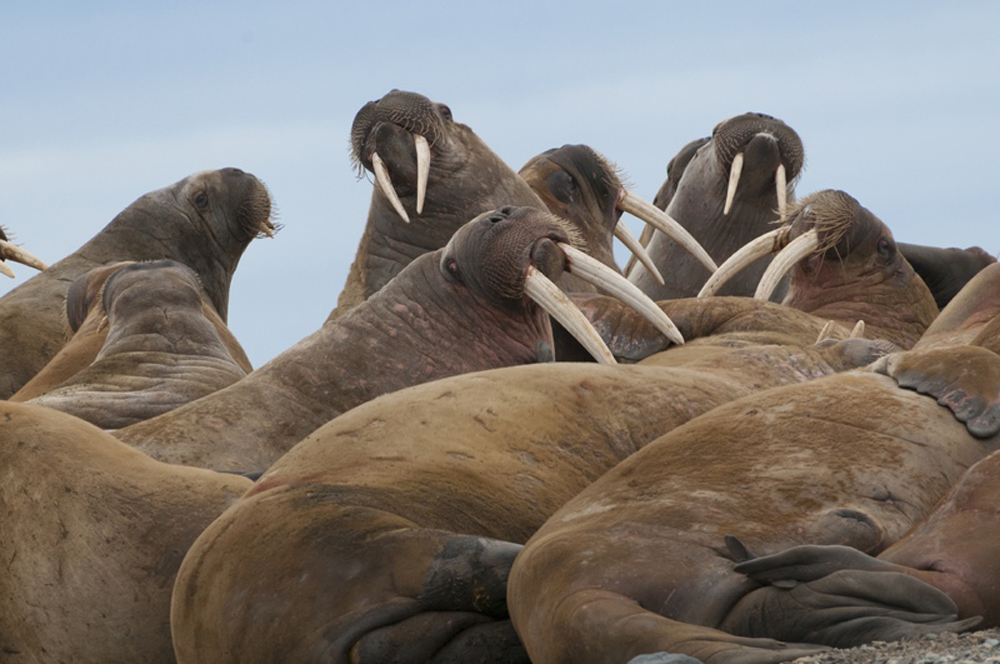
Walrus can be found in abundance in the Bering Strait area. Texts and artifacts indicate that the Chinese had a great interest in it. Some of the ivory was traded further west to countries in west Asia. (Credit: DonLand / Shutterstock.com.)
Body armor
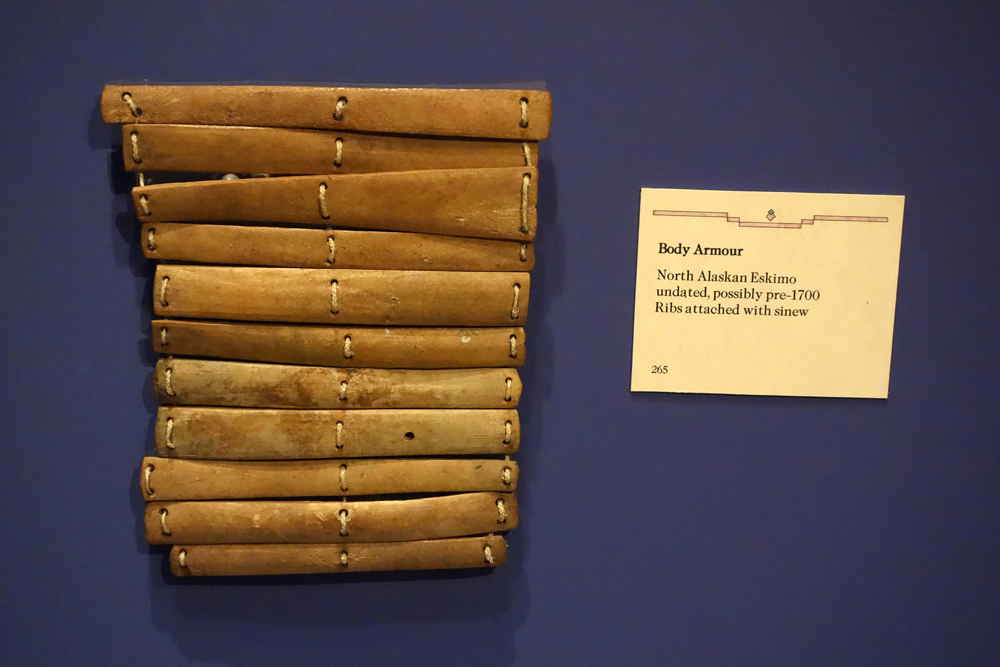
At sites in Alaska, although not at Rising Whale, remains of body armor has been found. Some of this armor, particularly those made of plates, may have been inspired by armor that was being developed in East Asia. This image shows a piece of body armor that’s now in the Glenbow Museum in Calgary, Canada. (Image in public domain, courtesy Wikimedia.)

Owen Jarus is a regular contributor to Live Science who writes about archaeology and humans' past. He has also written for The Independent (UK), The Canadian Press (CP) and The Associated Press (AP), among others. Owen has a bachelor of arts degree from the University of Toronto and a journalism degree from Ryerson University.
